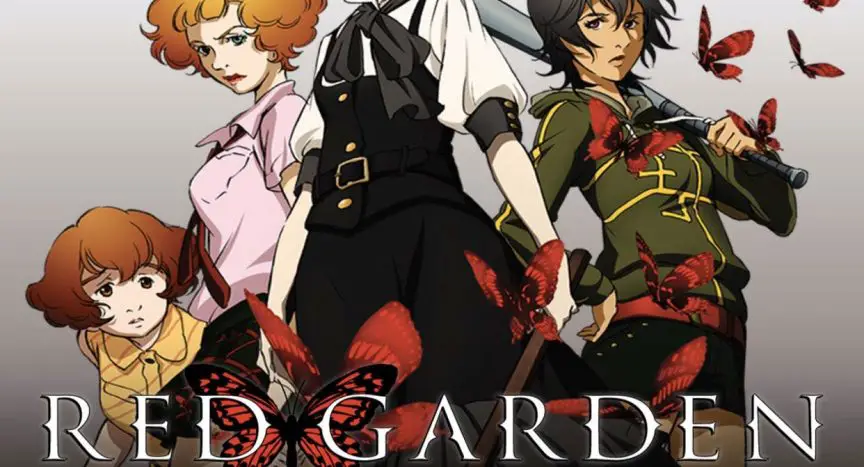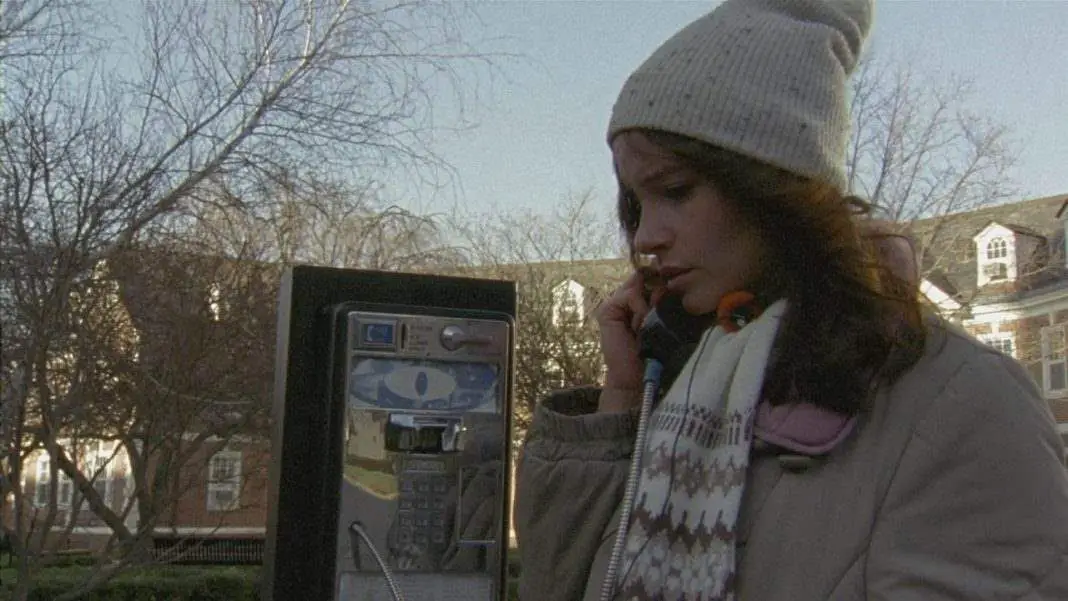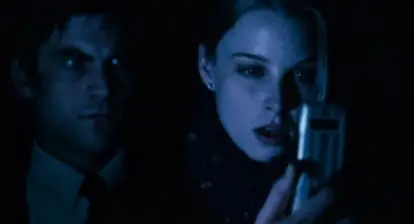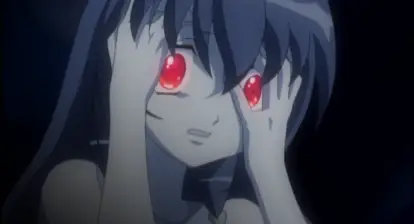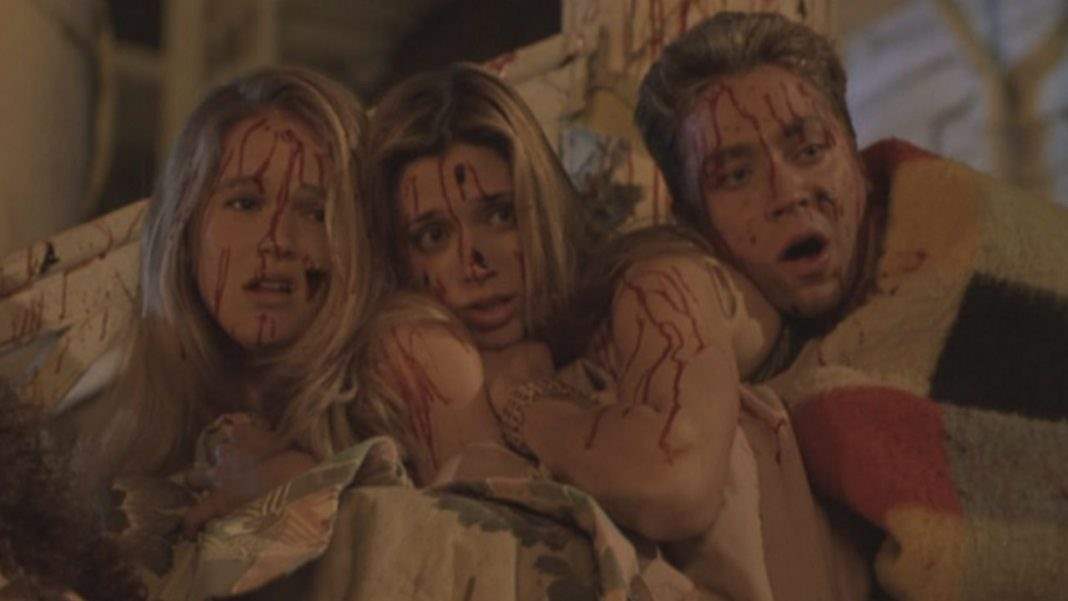It’s weird being both a fan of horror and a fan of the magical girl genre, because when the two overlap the results can be questionable. For the past decade, there’s been an uptick in darker magical girl anime and manga, most likely instigated by the release of Puella Magi Madoka Magica. One of the darkest and most triggering magical girl-related tales to date is probably Magical Girl Site.
However, Madoka Magica was not the original horror magical girl tale. Darker magical girl stories which came before it include the web fiction series Sailor Nothing, the 2004 anime Uta Kata, and the deconstructionist Revolutionary Girl Utena from the 1990s.
Even without these examples, magical girl stories have often included violence and death in their narratives. Go Nagai’s Cutey Honey has no issue with brutally slicing her inhuman enemies apart as punishment for their evil deeds, and the main characters of Sailor Moon have graphically died in several ways throughout both the original manga and the 90s anime.
Recent horror-based magical girl stories fall within the trappings of modern horror anime and manga, which include over the top facial expressions, gore, and unrelenting bleakness. Yet, there is one bizarre, underrated jewel of an anime which avoided most of these tropes several years before they became commonplace and that’s Red Garden.

Created in 2006 by Gonzo, the same company that created the Trinity Blood anime adaption, Red Garden was a 22-episode atypical take on the magical girl genre within the horror lens. At first glance, you wouldn’t think this was a magical girl series. There are no transformation sequences, no magic weapons or poses, no cutesy mascot, and no grand destiny for our characters. The animation itself is different from typical anime fare of the 2000s. All of the girls have their own unique looks and style based on their behavior and personalities.
Yet Red Garden deals with themes of life, death, rebirth, love, and hatred just like any magical girl story. And at its core, it’s a story about girls being forced to fight monsters.
Red Garden takes place in New York City and focuses on five young women who find themselves dragged into a battle they otherwise had no right being in. The anime is somewhat weird due to its tendency to insert musical numbers into different episodes. Yet, said musical numbers are poorly sung on purpose as if to lampoon the insert song trope for other anime.
There’s also the show’s jazzy opening sequence, which makes you think at first glance this is an energetic show about girls in NYC. To say nothing of the utterly bizarre ending sequence, where the entire cast spontaneously rocks out at a concert while the song is performed by four of the guy characters.
Kate, Rachel, Rose and Claire have absolutely nothing in common other than they attend the same prestigious high school and were friends with Lise.
So, imagine how these four feel when they wake up one morning with absolutely no memory of the previous evening, and then learn Lise was found dead. By the end of the day, the four are drawn together by the sight of red butterflies only they can see. Once they’re brought together, the girls meet their “teachers,” Lula and JC, who inform the girls they’re all dead. To continue their borrowed lives, the girls must fight and kill monsters with their bare hands if they ever want to become human again.
Red Garden focuses on how Kate, Rachel, Rose and Claire are forced to reconcile their new existence in these borrowed forms with their previous lives. They don’t have to fight monsters every night, but their bodies suffer adverse reactions to the build up of energy in the form of anxiety and irritability. That they have to wait every night until midnight to see if they’ll be called upon to fight is also a cause of stress. All four girls break down crying on their first “night off,” not out of relief, but frustration.
The monsters in question aren’t outlandish creatures like the Youma, Droids, Daimon, Lemures, or Phages from Sailor Moon, nor are they bizarrely sexualized women like the Panther Claw agents of Cutey Honey. The girls are pitted against men who inexplicably turn into dog-like monsters, moving on all fours with glowing white eyes and screeching voices. Every battle the girls are forced to beat these men to death with whatever they have available. In their first fight, Claire rips off a car’s rearview mirror to use as a blunt object and Kate has to use the strap on Rachel’s purse to try and choke their opponent.
I spent three days binging the entirety of Red Garden on Funimation’s website, the first time in ages I’d ever focused on completing an anime from beginning to end. What kept me drawn to this series was it’s ridiculousness as well as its range of depth and aversion of common horror AND magical girl tropes.

Red Garden – Claire, Rachel, Lise, Kate and Rose
There’s no time wasted in establishing the five girls are all different:
- Kate is our smart, rich girl and a member of their school’s disciplinary squad, “Grace.”
- Rachel is our party girl with an active social life and a big group of friends.
- Rose is the kind older sister forced to parent her younger siblings while their mom’s hospitalized.
- Claire is our supposed “bad” girl struggling to make ends meet as she lives on her own.
- Lise, the center of this group, was essentially the sweetheart who got along with everyone and in a typical magical girl story might’ve been the heart of the team.
Red Garden’s story is about all five of these girls. There is no main character, nor do any of the quintet become props to support a single member. Throughout the series, each girl is given focus on how she deals with the nightmare her life’s become. We’re shown how they react to the stress and trauma of their first battle, the ways in reach they address their supposed undead status, and how they move forward from there.
Every girl’s given her own storyline, which eventually coalesces into the end of the show as they head for the final battle.
Kate struggles with her duties in these battles affecting her duties for Grace, potentially receiving punishment for shirking her responsibilities.
Rachel has the most adverse reaction to the idea she’s no longer alive, and her social life suffers the most of the four as she has a falling out with her friends and boyfriend, who prove to be of no help to her.
Rose is the most timid and overall useless in a fight, a fact she has to finally deal with when it almost gets Rachel killed. In the meantime, Rose’s friend Sara helps Rose try to track down her missing father.
Claire struggles to keep supporting herself when her new monster fighting duties interfere with her job, and she must face whether to ask her estranged brother and father for help.
While Lise is believed to have died at the beginning of the series, we discover the events of her death are not what they appeared to be and she still has a role to play.
The overall struggle these girls are now a part of becomes increasingly murky. While Kate and the others are told to fight these monsters, they are only given vague details about a curse placed on these men. It’s soon established the girls are not part of a battle between “good and evil,” but between “us and them.” This is a not about a calamity that will end the world, but an ancient feud where the two sides are trying to make things difficult for each other.
Red Garden doesn’t demonize the girls for the sake of not seeking the moral high ground, as it’s clear they’re unwitting players in this drama and shows them nothing but sympathy for wanting to end this struggle so they can live as normal people again. While the morality of the two sides is gray, Kate and the girls are viewed as complex and heroic because they are survivors trying to gain their existence as individuals back.
We see how girls in real life would react to fighting against a monstrous opponent: they’re scared out of their minds but do try to fight back for the sake of their survival. They react to the aftermath in different ways and each takes their own amount of time to deal with this. Red Garden doesn’t waste time having the girls wallow in misery just for the sake of it.

Red Garden – Paula and Kate
My favorite character of the entire cast would be Paula, a supporting character in Kate’s storyline. Paula is introduced as the elected leader of Grace, and in the very first episode she’s shown to have a soft spot for Kate (much to fellow Grace member Jessica’s chagrin). Paula is shown repeatedly going out of her way to look out for Kate, yet never crosses a boundary or acts inappropriately. While Jessica and the other Grace members are annoyed by Kate’s supposed lack of consideration and confusion at Paula’s behavior, it is shown that Paula’s treatment of Kate is a legitimate help to Kate’s mental wellbeing.
You could immediately tell from Paula’s interactions with Kate in the first episode that Red Garden’s implying Paula’s in love with Kate, and Jessica is jealous. Since this is a horror magical girl series, I immediately dreaded the worst for both Kate, Paula, and Jessica. I was instead pleasantly surprised by the route Red Garden chose to go in regarding Paula’s feelings, and even Jessica’s motives are humanized. By episode 19 I was on the verge of tears as Paula confronts Kate about what’s really been going on and Paula’s own secret role in everything.
For both horror fans and magical girl fans, Red Garden is different and I mean that in a good way. The show puts its focus on our main characters and emphasizes this is about them being stuck in a horrific situation and having to survive on their will to live. They’re shown what happens if they don’t fight and they appropriately angst over it, but keep moving forward.
As a side note, the epilogue OVA “Dead Girls” is not something I was expecting in any way, shape or form, but I absolutely love it for the shift in tone and the way the girls have evolved since the ending of the main series. Red Garden overall is a show that subverts expectations in many different ways, and should be applauded as a horror and magical girl series that doesn’t try to pander to the lowest common denominator.
